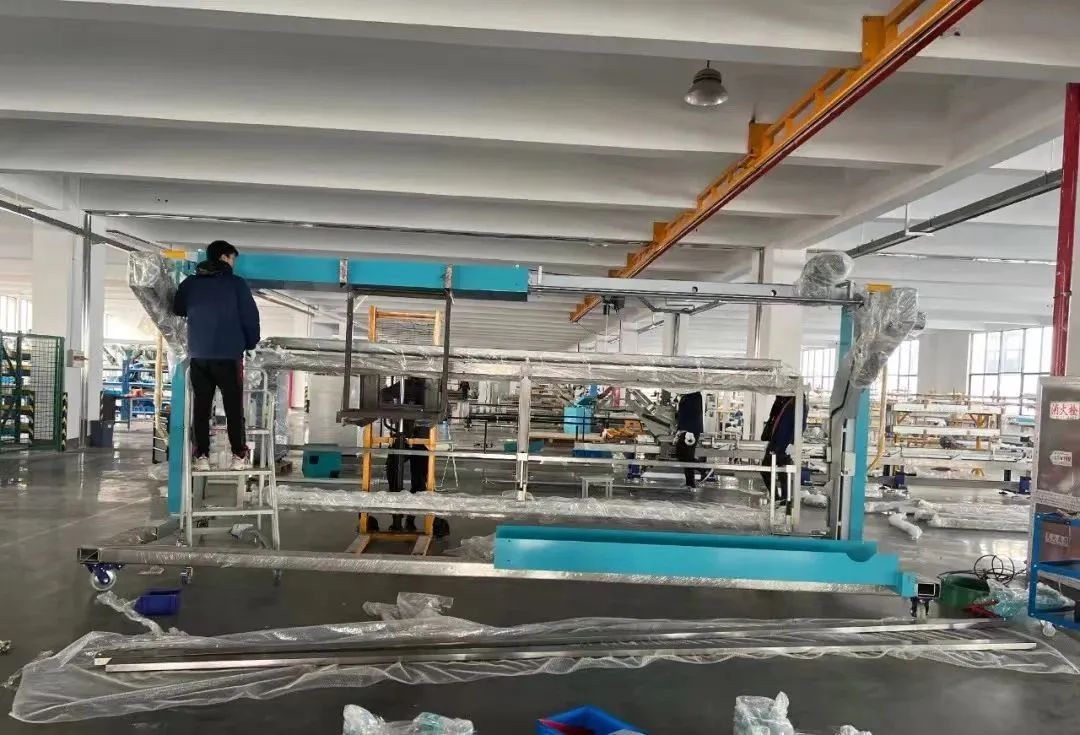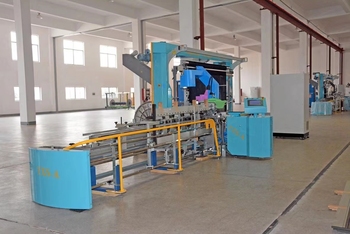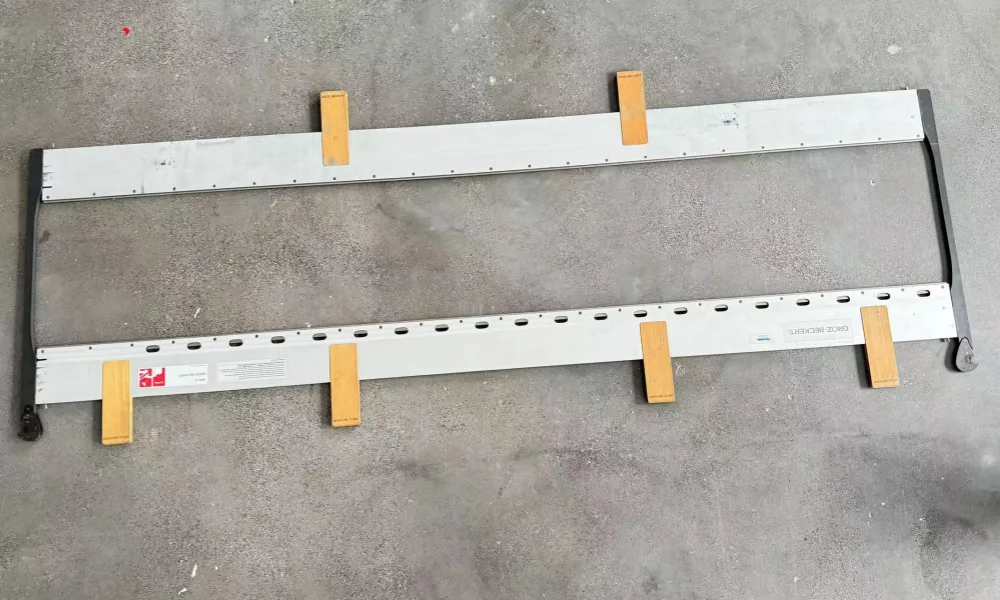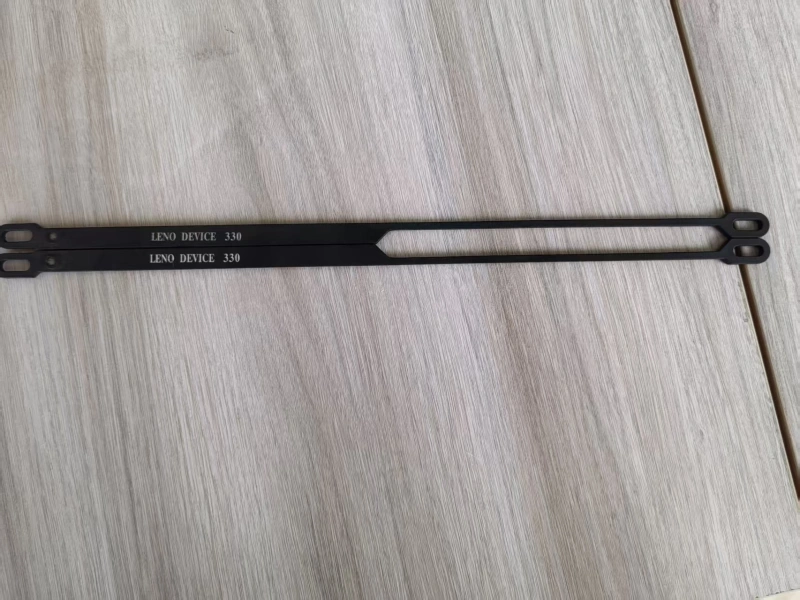Revolutionizing Textile Production: The Impact of Automatic Warp Drawing Machines
2024-12-19
In the ever-evolving textile industry, the quest for efficiency and cost-effectiveness is paramount. One of the most significant advancements in this field is the introduction of the textile automatic warp drawing machine. This innovative technology not only streamlines the production process but also offers a multitude of benefits that can greatly improve production efficiency, replace labor, and save costs.
The automatic warp drawing machine is designed to automate the labor-intensive process of warp drawing, which involves aligning and preparing yarns for weaving. Traditionally, this task required a considerable amount of manual labor, leading to increased production times and higher operational costs. However, with the implementation of automatic machines, manufacturers can significantly reduce the need for human intervention. This shift not only alleviates the burden on workers but also minimizes the risk of human error, ensuring a more consistent and reliable output.
By replacing labor-intensive processes with automated solutions, textile manufacturers can achieve remarkable improvements in production efficiency. The automatic warp drawing machine operates at a much faster pace than manual labor, allowing for higher throughput and quicker turnaround times. This increased speed translates to more products being completed in less time, ultimately enhancing the overall productivity of the manufacturing facility.
Moreover, the cost-saving potential of these machines cannot be overlooked. With reduced labor costs and increased efficiency, manufacturers can allocate resources more effectively, leading to lower operational expenses. The initial investment in an automatic warp drawing machine is quickly offset by the long-term savings and increased profitability it brings to the business.
In conclusion, the textile automatic warp drawing machine is a game-changer for the industry. By greatly improving production efficiency, replacing labor, and saving costs, it paves the way for a more sustainable and profitable future in textile manufacturing. As the industry continues to embrace automation, the benefits of such technologies will undoubtedly shape the landscape of textile production for years to come.




